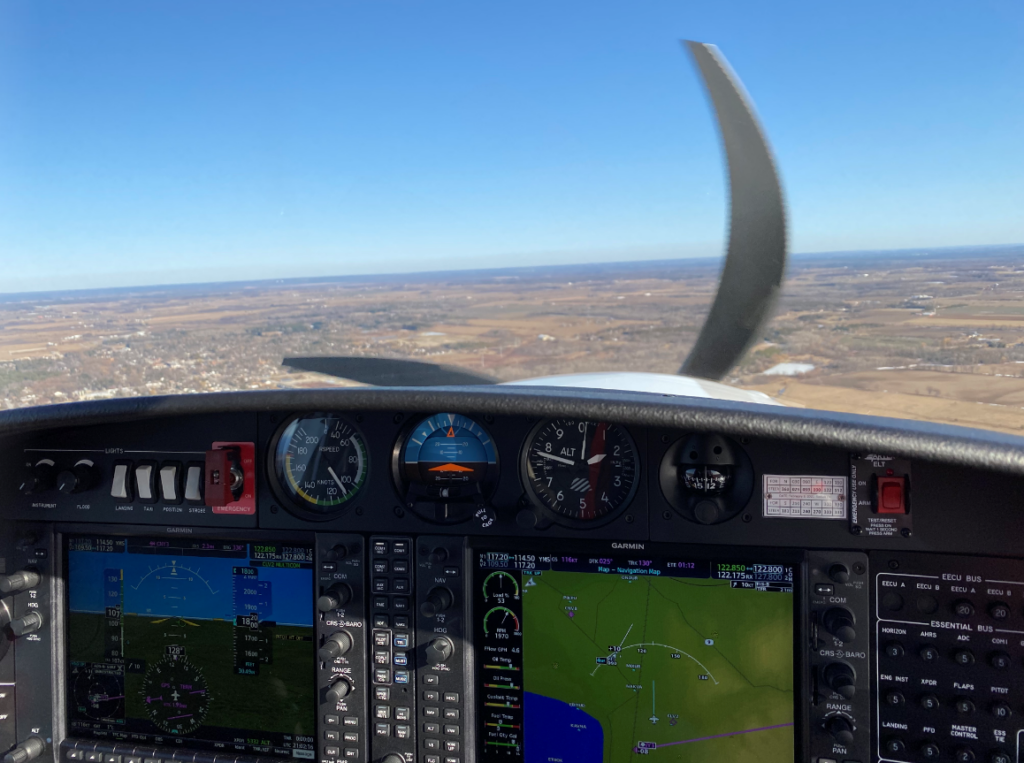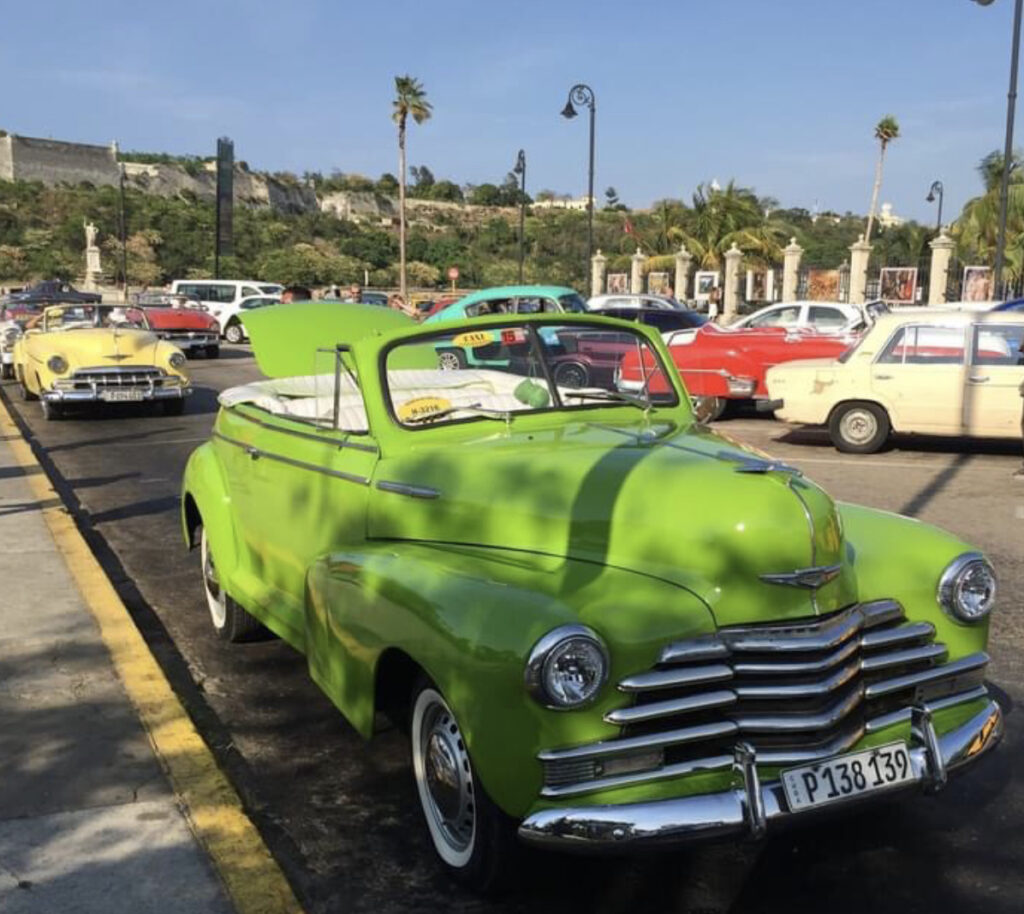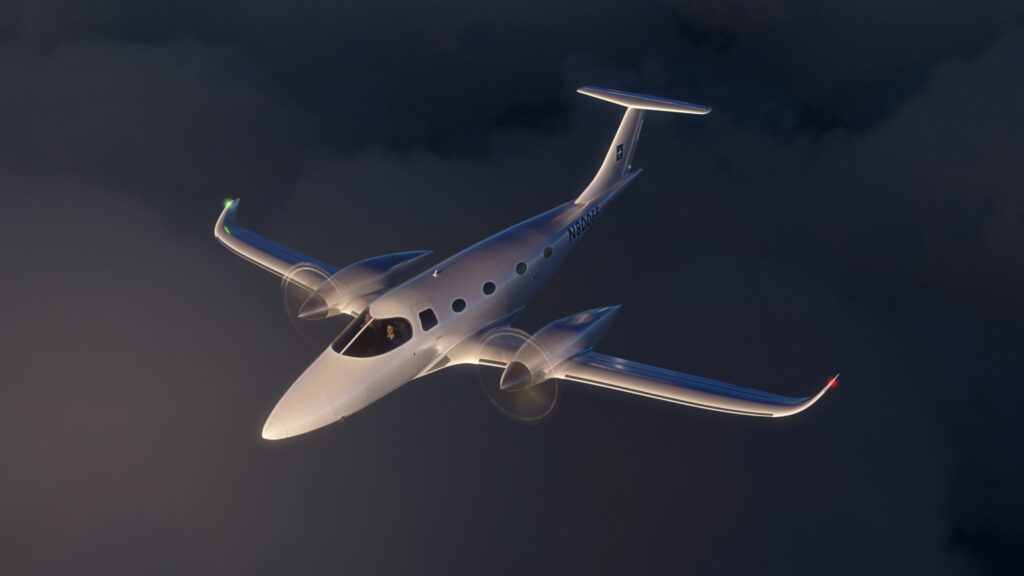A new “luxury tax” on new small aircraft in the 2021 Canadian federal budget is not making a lot of sense. Why is a government that purports to want to reduce green house gas emissions and create a new low carbon economy taxing rather than incenting the purchase of new more carbon efficient and net zero emissions aircraft? Why is the government seeking to single out this segment of the transportation industry with a discriminatory tax?
In a previous post we discussed the lack of fairness in placing a “luxury tax” new more fuel efficient and safer GA (General Aviation) aircraft that are often workhorses essential to the safe transportation of people and goods in Canada. It is grossly unfair to slap a luxury tax on workhorse transportation equipment especially while at the same time million-dollar gas guzzling motor homes, recreation vehicles or a cottage in the Muskoka’s with a $249,000 yacht tied up at the pier are not taxed as luxuries. This reality-bending tax twister on aviation will raise little money but will have a long-term psychological effect on the adoption of new more efficient and safer aircraft.

Consider what this could mean to the Canadian sales of new fuel-efficient aircraft built by Diamond Aircraft in London Ontario. The four seat DA40-NG burns half the fuel of the older American built Cessna or Cirrus at 11 liters per 100 km in a high-power cruise and under 8 liters in economy cruise. Instead of leaded fuel, the Diamonds runs on diesel/Jet A and can burn SAF (Sustainable Aviation Fuel). This tax will negatively impact sales of this aircraft to Canadian businesses and operators. All GA aircraft manufacturers are reporting waiting list of nine months or more so the announcement of the new tax may have already caused the cancelation of some aircraft sales.
The DA40-NG is just one of the amazing new aircraft being built in or imported into in Canada. These include new electric aircraft just about to enter service.
The certification of the first all-electric aircraft, the Velis Electro from Pipistrel aircraft, should be celebrated, not taxed. The new tax will add at least $30,000 Canadian to its costs. That will buy 5 years of gas for a used Cessna of the same value flown by an average private pilot. Where is the incentive to reduce emissions? It is financially better to just keep flying the Cessna!
Free enterprise and the individual quest for freedom of movement will adapt to the new tax as it always does. Thanks to the taxes low threshold we can expect to see the importation and rebuilding of older used aircraft rather than purchasing new. Perhaps this will create some jobs. Good news for existing aircraft owners, the value of your old aircraft just jumped. Think of it as the Cuban effect.

Will the politically motivated “Luxury Tax” on new GA aircraft push Canada towards a Cuban style path in aviation?
Cuba is famous for its old cars such as Studebakers and Cadillac’s from the 1950s. In 1959 car imports into Cuba from North America where frozen by politics and Cuban Taxi drivers and others “rich enough” to own a car made do with by constantly patching and rebuilding. Safety standards, fuel consumption, all froze at a 1950s level. Today these cars are a tourist attraction in Cuba, a holdover from a bygone era when seat belts and fuel consumption ratings didn’t exist.
Meanwhile the truly rich will be able to easily dodge the tax. Anyone rich enough to purchase and operate a new Canadian built Global Express jet has an easier solution to a luxury tax. They will simply register their aircraft in the US. In theory, they could even get the EDC (Export Development Canada, a crown corporation) to provide Canadian government backed financing. While nominally moving their flight operations into a nearby US city, the aircraft can land and park at a Canadian airport whenever needed.
This is the definition of “hyper mobile global capitalism” and a key reason that parties on the far left of the political spectrum so despise the freedom of movement aviation creates. To some, net zero emissions aviation represents a political threat.
Is this new tax a hint at the start of a bigger political battle over the future of net carbon zero transportation in Canada?
Two different visions of the future of transportation and freedom of movement in Canada are in the offing. A future mega dollar government built and subsidized HSR (High Speed Rail) system versus net carbon zero for profit aviation. A future of centralized HSR serving a selected-few large cities versus private and for profit decentralized regional aviation that can serve every corner of Canada, emissions-free. A vision of Government building and owning rather than just regulating transportation.
In this context the language and content of the new federal budget and its new tax is troubling. Do the authors of the new tax not understand the role and function of general aviation in Canada’s entrepreneurial driven economy and aviation eco-system? If the cash is desperately needed, why not tax someone buying an equally valued yacht or gas guzzling recreational vehicle? Is this just a mistake or a political choice to attack the aviation sector?
A recent proposal adopted at the governing Liberal party’s April 2021 convention supporting a new High Speed Rail System (HSR) may be the answer. The problem is that this type of centralized mega-dollar government subsidized transportation system will be made obsolete by regional electric aviation before it is even completed. Why build a ultra-expensive, land devouring passenger rail system that will serve only a few large cities when private and for profit decentralized regional aviation can serve every corner of Canada at a fraction of the cost emissions free? Why divide communities and farms with a new noisy rail corridor when you can fly straight as an arrow, asphalt and emissions free?
Fact: Studies of HSR for Windsor to Quebec City, the most densely populated potential corridor, consistently show HSR is not financially viable. At twice the current rail ticket prices, it won’t recover the capital cost or pay any of the interest on the project loans either!
Fact: Via Rail, in its 2016 report to Parliament, identified that HSR was not viable in Canada, and they were abandoning all HSR interests to focus on HFR (High Frequency Rail).

The type of aircraft being targeted by the new luxury tax is at the forefront of the dawn of net carbon zero aviation. Electric and low carbon aviation will transform and reduce the cost of transportation across Canada. No words can adequately describe the folly of an extra 10% tax on new equipment that is often essential to the safe transportation of people and goods in the middle and aftermath of a pandemic.
If you care about this planet, safety and Canada, this tax must die.
In its place should be an incentive for the purchase of new eco-friendly electric and SAF fueled aircraft. If the government wants to raise money, tax the yacht and RV owner not the future of transportation.
It is time to say no to an Orwellian future that this nonsensical luxury tax wants to promote. It is time to embrace and promote the freedom of movement and net carbon zero aviation in all its forms.
Related Posts:
New Tax a Destructive Uninformed Assault on Aviation – Friends of Pickering Airport
References:
High-speed rail between Quebec City-Windsor could cost $21.3B, study says | TheRecord.com
Policy | 2021 Liberal National Convention | Liberal Party of Canada
COPA-General-Aviation-EI-FINAL-REPORT.pdf (copanational.org)
COPA Responds to Ottawa’s Proposed Luxury Tax on Personal Aircraft | COPA (copanational.org)
You can now take fake private jet photos for Instagram in Toronto (blogto.com)
New Taxes, Like Canada’s Luxury Tax, Have A Way Of Spreading – AVweb
Good Riddance to the Luxury Tax – WSJ
Bye Aerospace unveils all-electric eFlyer 800 aircraft – Skies Mag
Electric Aircraft – all-electric eFlyer – Bye Aerospace
Velis Electro EASA TC – Pipistrel Aircraft (pipistrel-aircraft.com)
eFlyer 2 Serial #001 Assembly Underway – Bye Aerospace
The High Cost Of New General Aviation Aircraft May Be Pricing Pilots Out Of The Market (forbes.com)